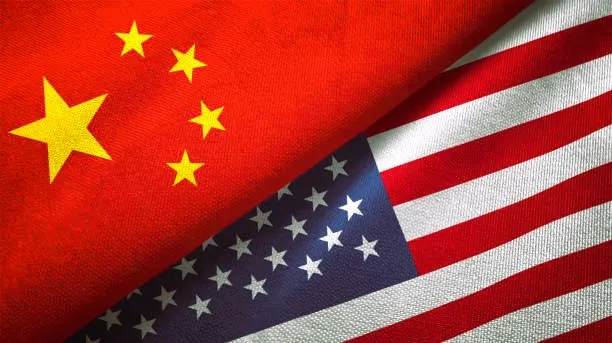US-China Trade War Heats Up as Trump Slaps 145% Tariff on Chinese Goods
The economic standoff between the United States and China has taken a sharp turn as former President Donald Trump reenters the political spotlight with a bold trade policy. In a recent announcement, Trump declared a sweeping 145% tariff on a broad range of Chinese imports, intensifying tensions and reigniting fears of a full-scale trade war between the two global superpowers.
The new tariffs target more than $300 billion worth of Chinese goods, spanning industries such as consumer electronics, machinery, automotive components, and textiles. Trump framed the move as a necessary step to “protect American workers” and reduce the country’s reliance on Chinese manufacturing. He accused China of “unfair trade practices,” including currency manipulation and intellectual property theft, arguing that strong tariffs are the only way to rebalance the economic relationship.
“The Chinese government has taken advantage of America for decades,” Trump stated during a press conference. “This tariff sends a clear message: We are done playing by their rules.”
In response, China’s Ministry of Commerce condemned the action, calling it a violation of international trade laws. Chinese officials have already hinted at retaliatory tariffs on key American exports, including soybeans, semiconductors, and energy products. The possibility of a tit-for-tat escalation has raised alarms among economists and business leaders worldwide.
Global markets reacted swiftly, with U.S. stock indexes falling and investor sentiment turning cautious. Companies heavily dependent on global supply chains—especially in the tech and retail sectors—faced sharp declines. Analysts warn that such a significant tariff could drive up prices for American consumers and create uncertainty for businesses already navigating post-pandemic economic recovery.
Economists also point out that a 145% tariff is virtually unprecedented in modern U.S. trade policy. While smaller tariff hikes have been used as negotiation tools in the past, this latest move is seen as a more aggressive, long-term strategy aimed at restructuring global trade patterns. Businesses may now begin seeking alternative supply chain routes, accelerating the trend of “decoupling” from China.
Trump’s decision comes at a politically charged moment, following the recent conclusion of the 2024 U.S. presidential election. With Trump regaining influence, many believe this tariff is the first step in a renewed push for economic nationalism and protectionist policies that defined his earlier administration.
Meanwhile, U.S. allies in Europe and Asia are watching closely, wary of the broader implications for global trade. Some countries have urged both Washington and Beijing to return to the negotiating table, emphasizing the importance of stability and cooperation in an interconnected global economy.
As tensions escalate, the world faces a new chapter in the ongoing U.S.-China rivalry. Whether this leads to a renegotiation of trade terms or a prolonged standoff remains uncertain. One thing is clear: the economic relationship between the U.S. and China is entering a turbulent phase, with far-reaching consequences for businesses, consumers, and governments across the globe.



